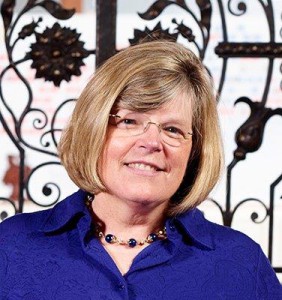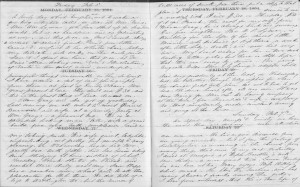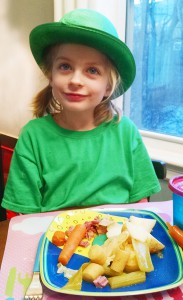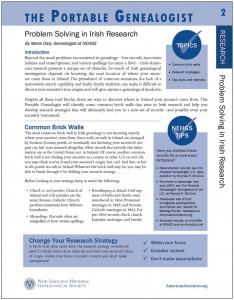 A friend recently received a document from a cousin, outlining her family’s ancestry. It was quite long, she said, and mentioned a Mayflower ancestor — but she didn’t know how to interpret it. There were lots of numbers, some of them roman numerals.
A friend recently received a document from a cousin, outlining her family’s ancestry. It was quite long, she said, and mentioned a Mayflower ancestor — but she didn’t know how to interpret it. There were lots of numbers, some of them roman numerals.
My well-trained husband, hearing this, asked, “Is it an ahnentafel?” It sounded like it might be. I asked one more question: does it start in the past, or does it start at or near the present? “It starts with me, as number 1,” my friend said. “Ah, yes,” I said, “it is an ahnentafel.” Continue reading 1, 2, 3 . . . it’s an ahnentafel!







